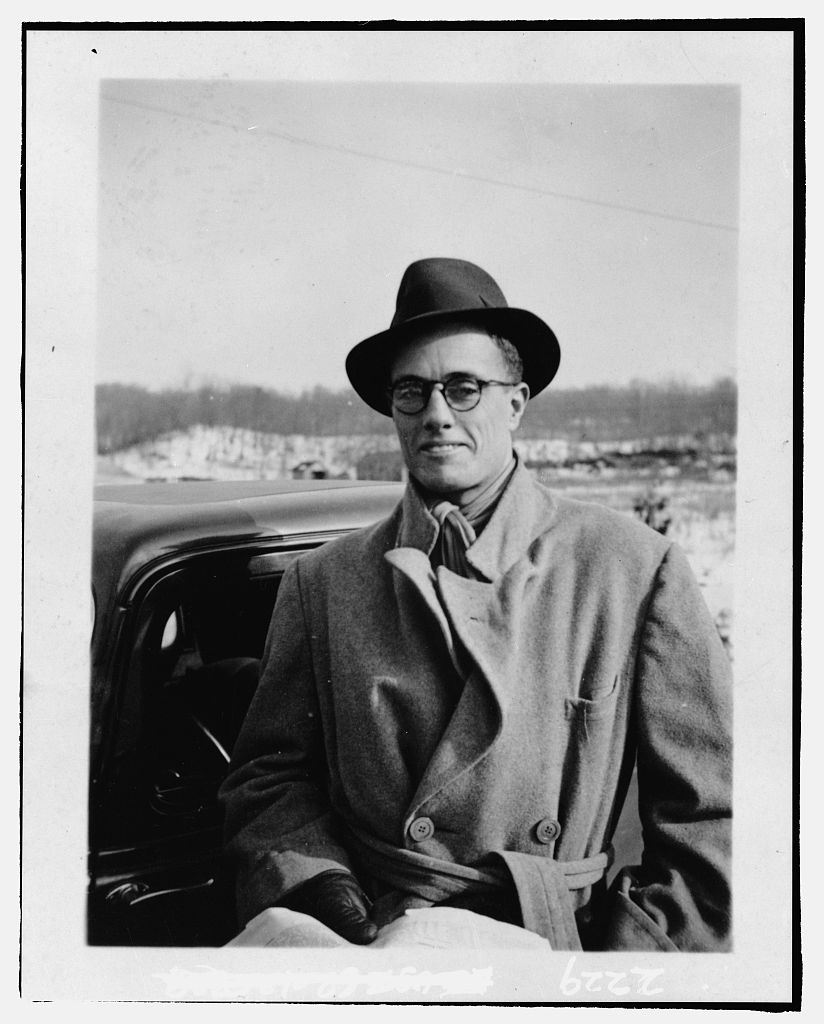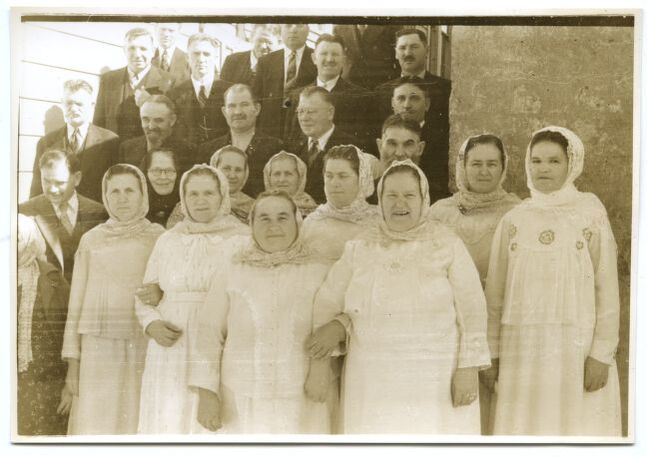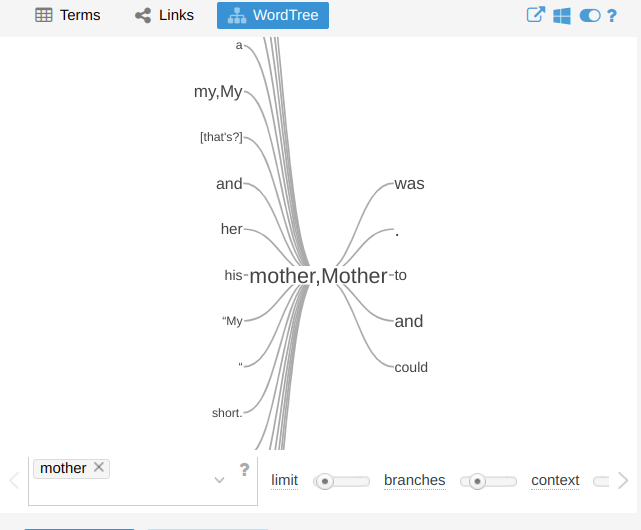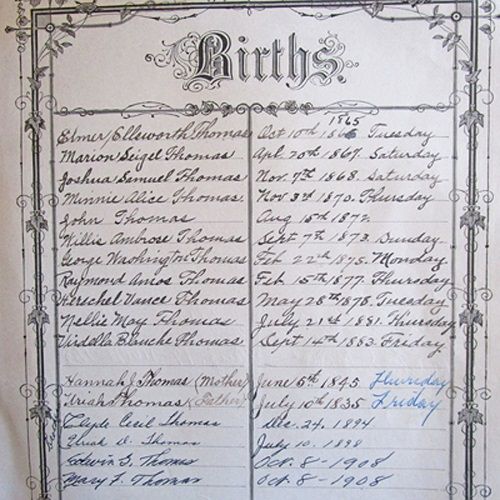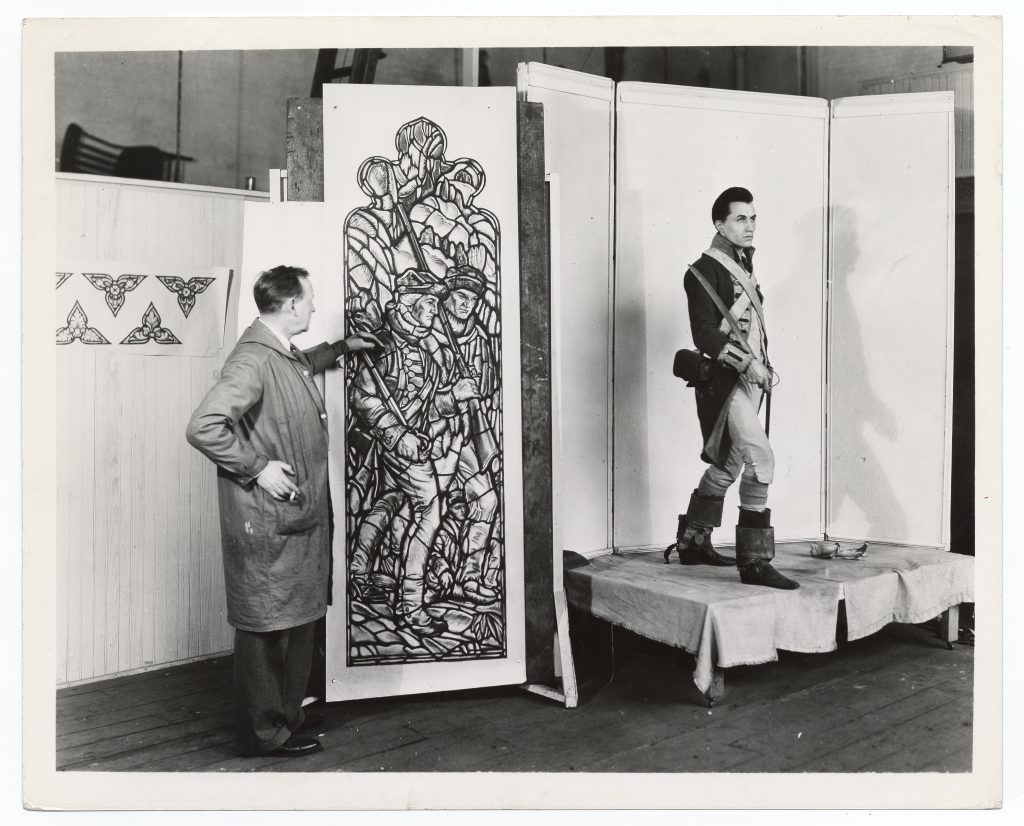http://jessicadoeshistory.com/cnd/exhibits/show/jessicabfinal/jessicabfinal
Starting this class I was worried that I would be unable to keep up with the technical aspects. As a historian I knew that there is an ever growing world of digital humanities and I didn’t even realize that I was a consumer of digital history. I have found that as a budding archivist there is a great deal of knowledge packed away in digital archives. 1
Through this class I gained confidence in my technical abilities and learned just how valuable and relevant digital humanities can be. Combing through the digital collections of the Library of Congress I learned a great deal about the New Deal. I knew that FDR pulled America out of the depths of the despair in the Great Depression, but I didn’t realize how the New Deal encompassed all types of occupations. 2.
I rooted my final exhibit around the way that the Works Progress Administration had an official mission as essentially a large scale employment agency. 3 However, in an unofficial capacity it set out to establish a national identity and define what it meant to be American. 4
I decided to look at the different ways that the WPA was documenting the American people or “the folk”. I really liked seeing the different ways that the WPA worked and how they made a difference to the American people and way of life. In my exhibit I highlighted the Federal Writer’s Project, Federal Theatre Project, Farm Security Administration, and Federal Music Project. I tried to show the diverse ways that the WPA defined what it meant to be American. Before this class I knew that the New Deal was an effort by FDR to put people back to work, but seeing the ways that people from all walks of life were included was fascinating. I knew nothing about the Federal One Project before this class. Learning how they recorded and documented American culture all over the country in so many different ways was important to support my argument. As a result, I feel like I have a better comprehension of the New Deal and the time period it encompassed.
As a historian and prospective archivist I am much more comfortable with old paper than I am with new technology. I found that through this class and my blog research I recognized digital humanities tools in the real world. I found the Knightlabs tools to be really helpful in expressing complex ideas with interesting and engaging ways. In my exhibit I chose to incorporate the mapping, timeline and soundcite tools. I really liked how they were interactive and invited the viewer or reader into the material. I personally encountered some of the Knightlabs tools in the “wild” so to speak. 5Because I had worked with the timeline previously I was able to better investigate the material in the article I found.
The other Knightlabs tool that I really liked, even though it was buggy and difficult to work with was SoundCite. I discussed Sidney Robertson Cowell and the work she did in California recording the folk music of migrants. 6 I was able to match portraits with the recordings she made and it really brought the immigrants stories to life, using the story map also illustrated the North Carolina tour I chose really well.
Overall, I learned that even if I don’t have plans to go into digital history it really behooves me to learn about how digital historians are using DH tools to bring history to the world in engaging and interesting ways. It also helps to have a working technical knowledge of these tools as they can carry over into other real world experiences. I became much more confident in my technological skills and gained a wealth of knowledge about the New Deal.

